Supercar: it’s a name that we’re all familiar with, arguably coined for the Lamborghini Miura 57 years ago.
The Miura’s 174mph top speed was back then the highest achieved by any production road car. Proving that envelope-pushing V-maxes have never gone out of fashion, we’ve decided to chart their steady progress, decade by decade, ending in excess of 300mph.
It would be easy to dismiss each as a seldom-attained irrelevance, but the cars that achieved them were technological flag-bearers that improved the breed overall. They also serve as a potent epitaph to the mighty internal combustion engine, which might never again be allowed to raise the bar any higher.
1960s

Lamborghini Miura P400, 174mph
Inspired by the competition success of the Ford GT40, Lamborghini was persuaded to steal a march on Ferrari with a mid-engined production car, and by 1965 a rolling chassis was revealed with a Giotto Bizzarrini-designed 3929cc 60deg V12 mounted transversely behind the cabin. Marcello Gandini sculpted a body that would make Enzo Ferrari weep with envy while allowing the car to spear through the air quicker than anything else on the road.
Even now, the Miura is a radical shape to behold, with its ultra-low stance, sharply raked windscreen and standout features like the slatted rear screen and eyelashed pop-up headlights.


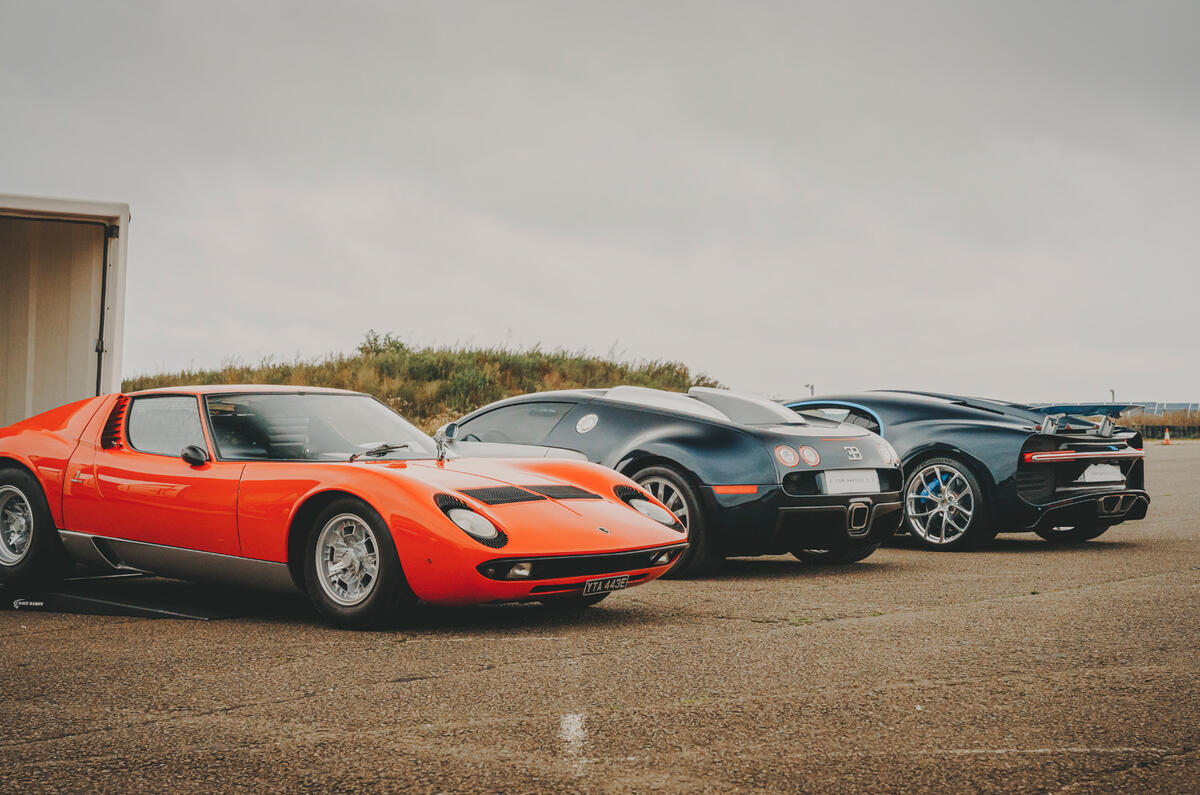





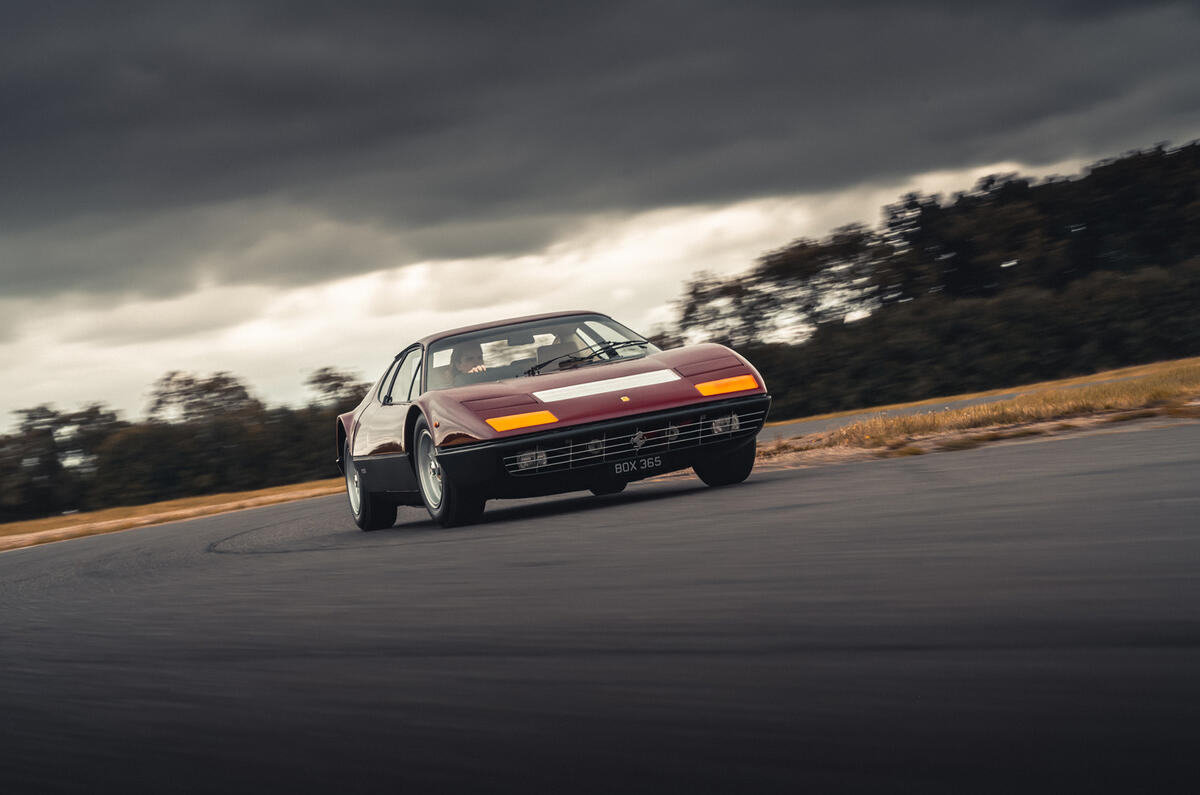



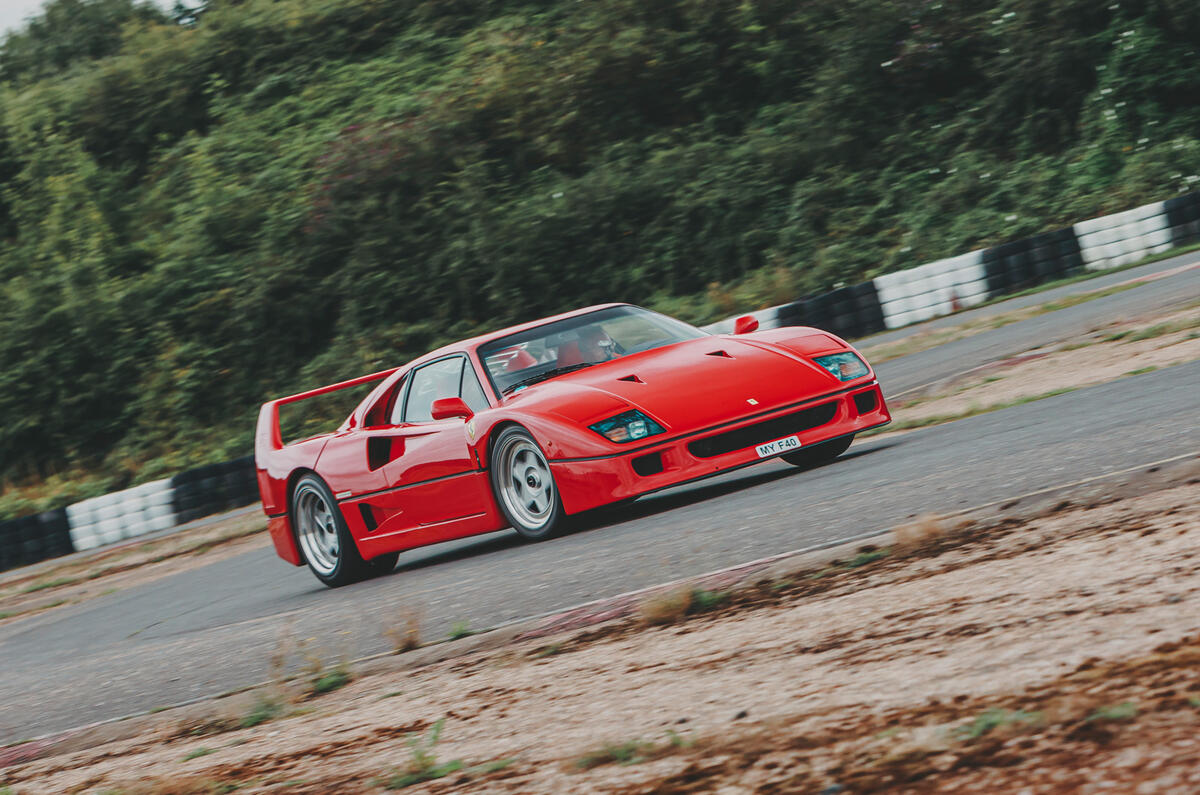






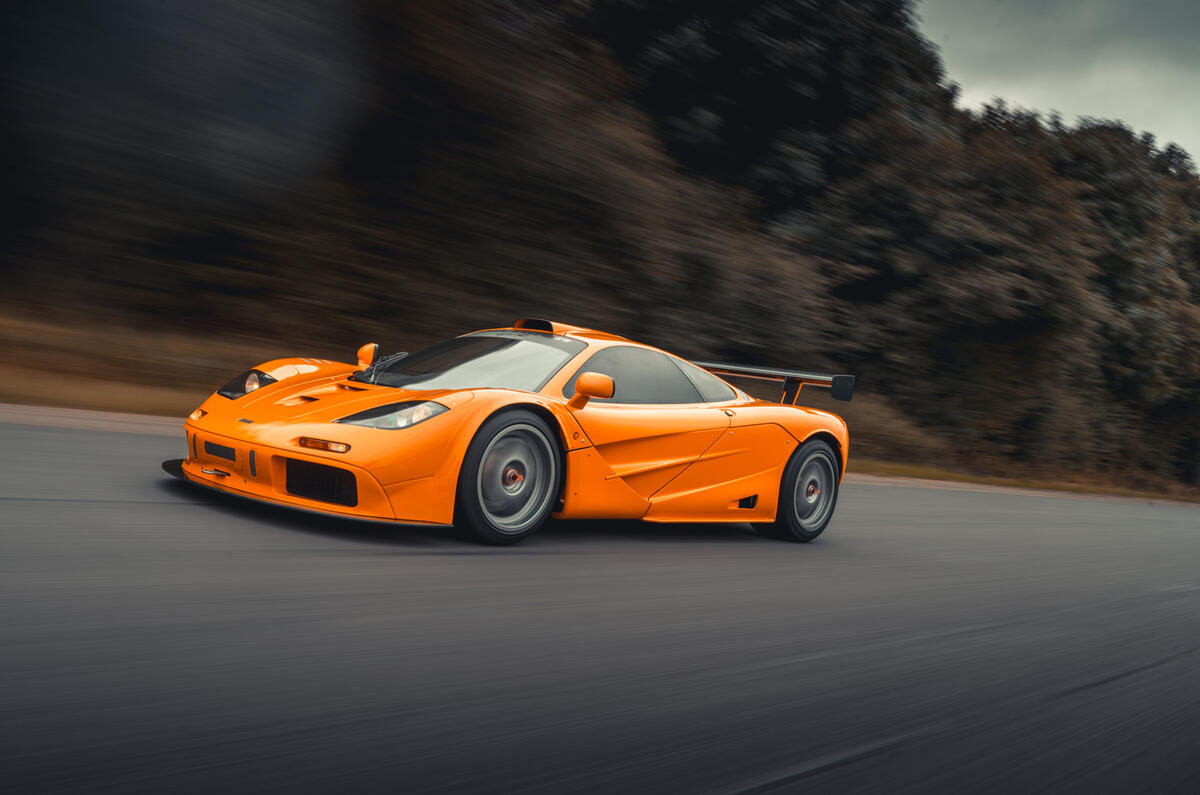


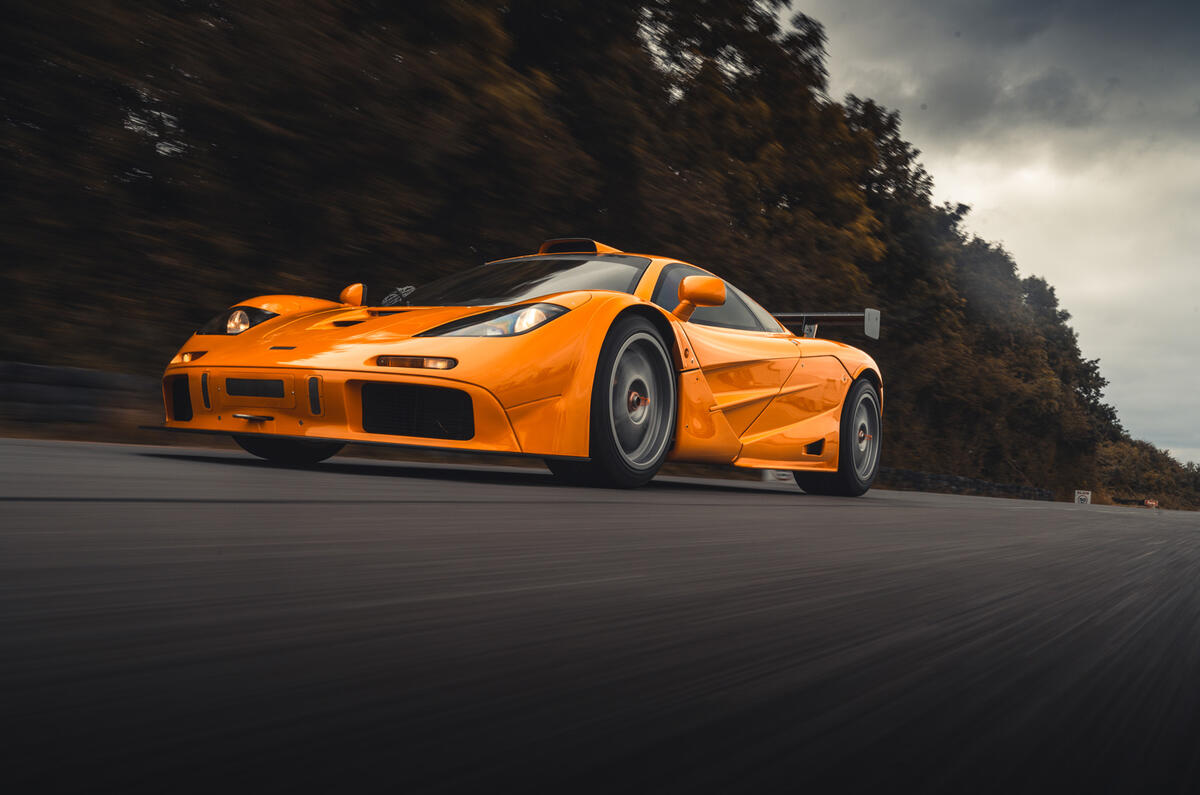
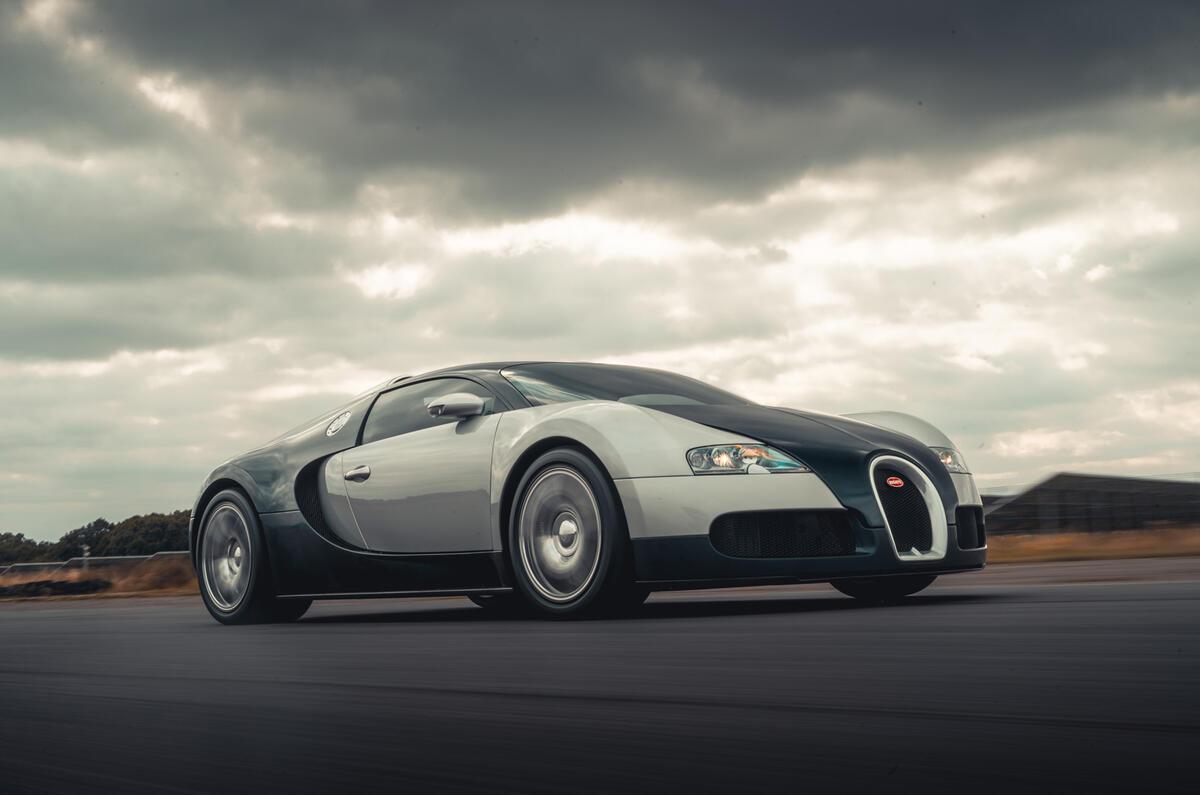
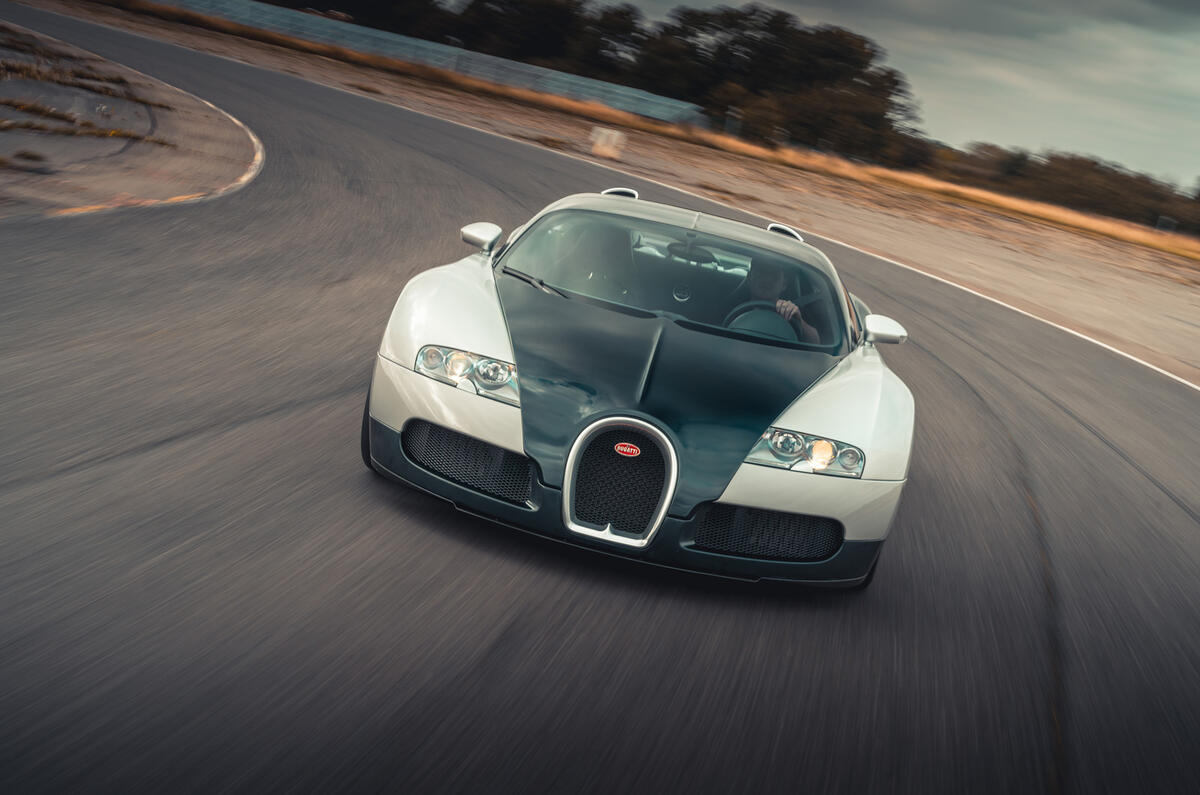

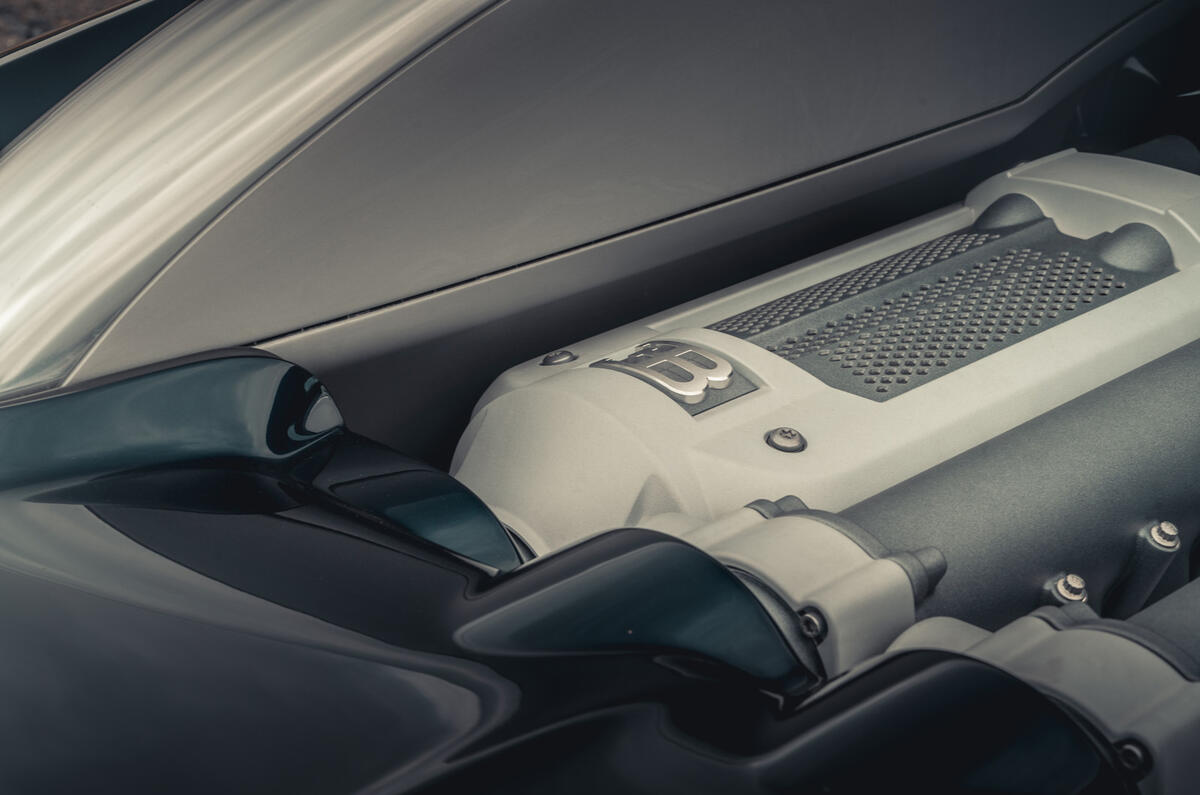
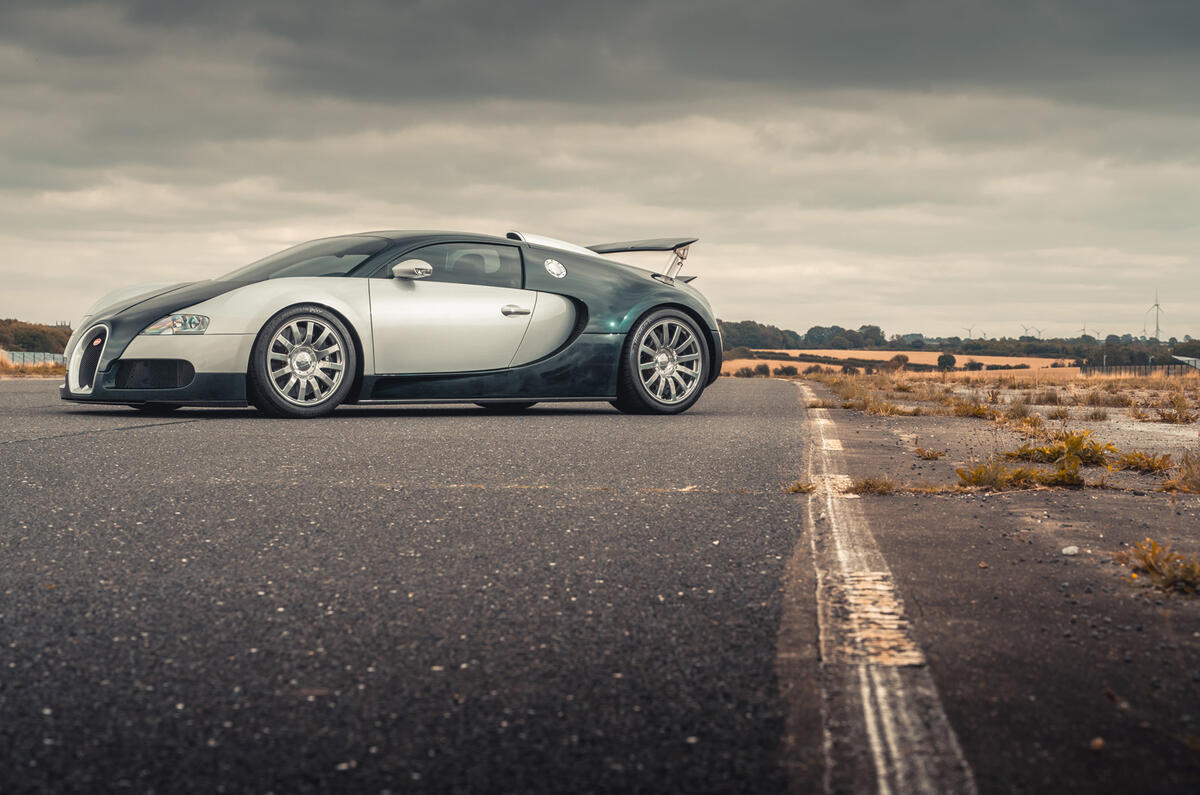


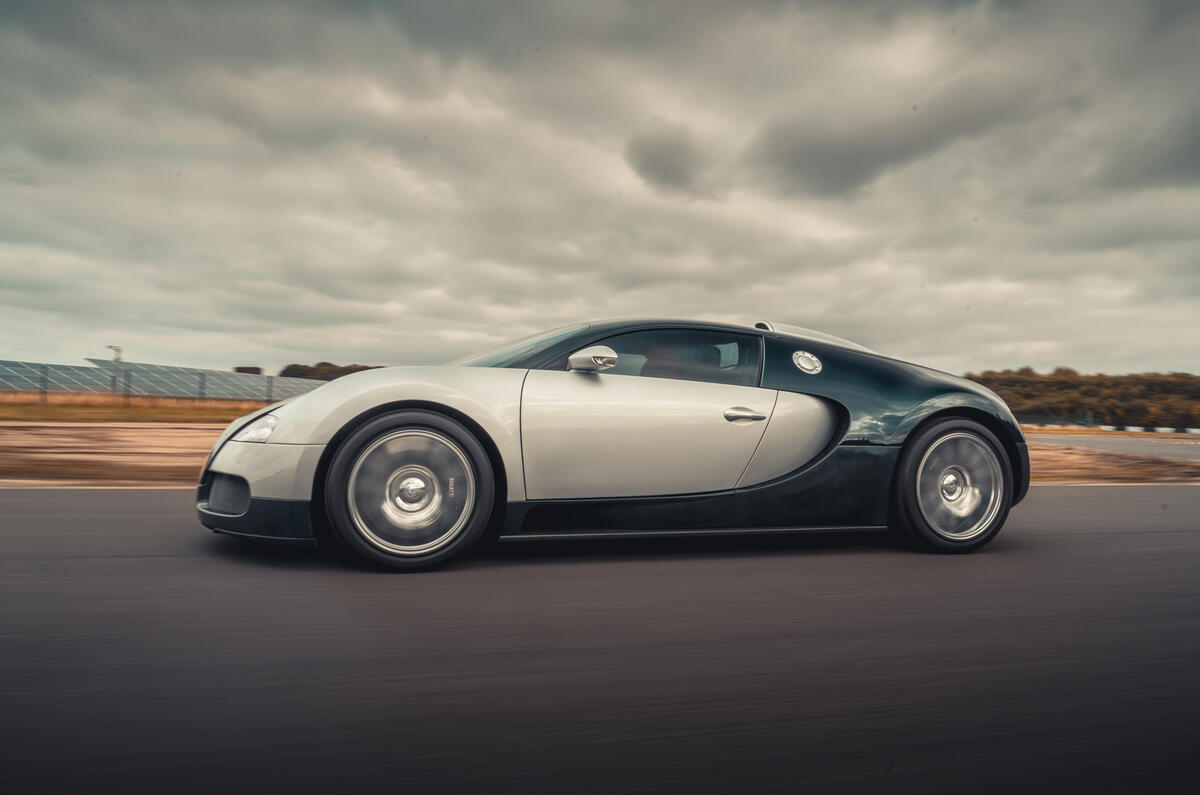




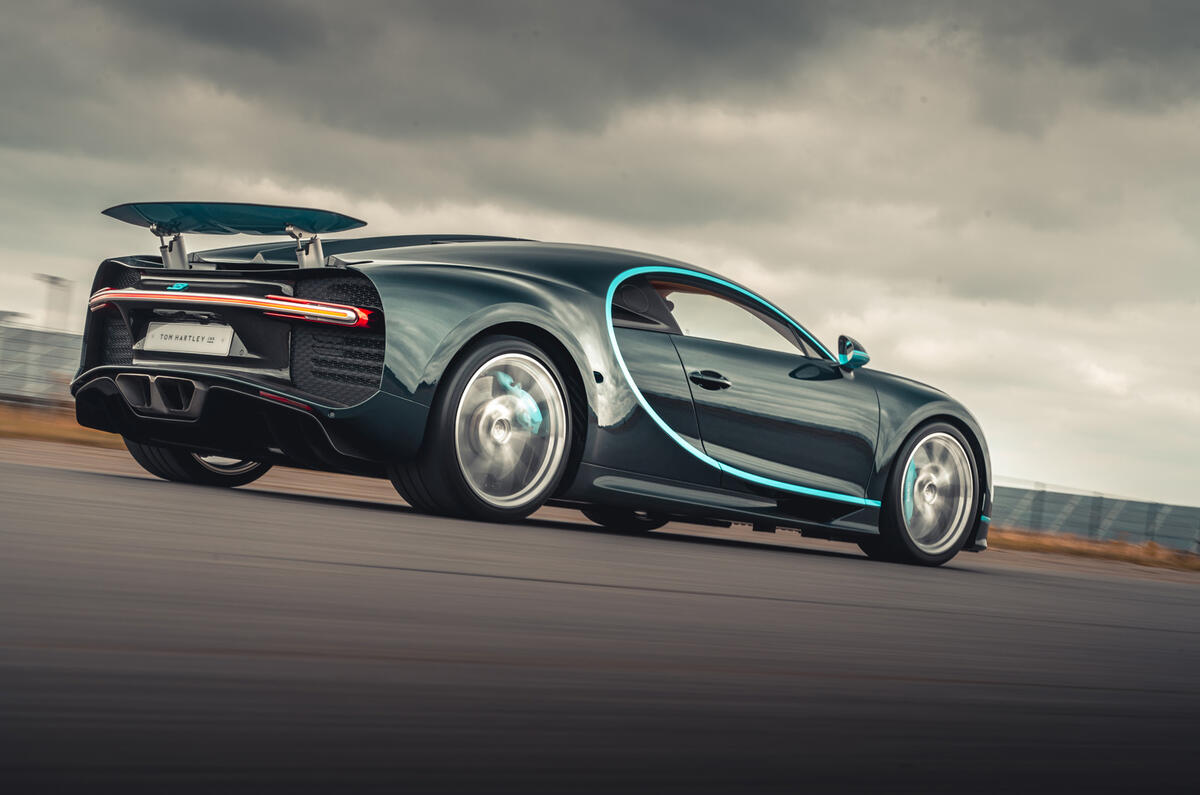
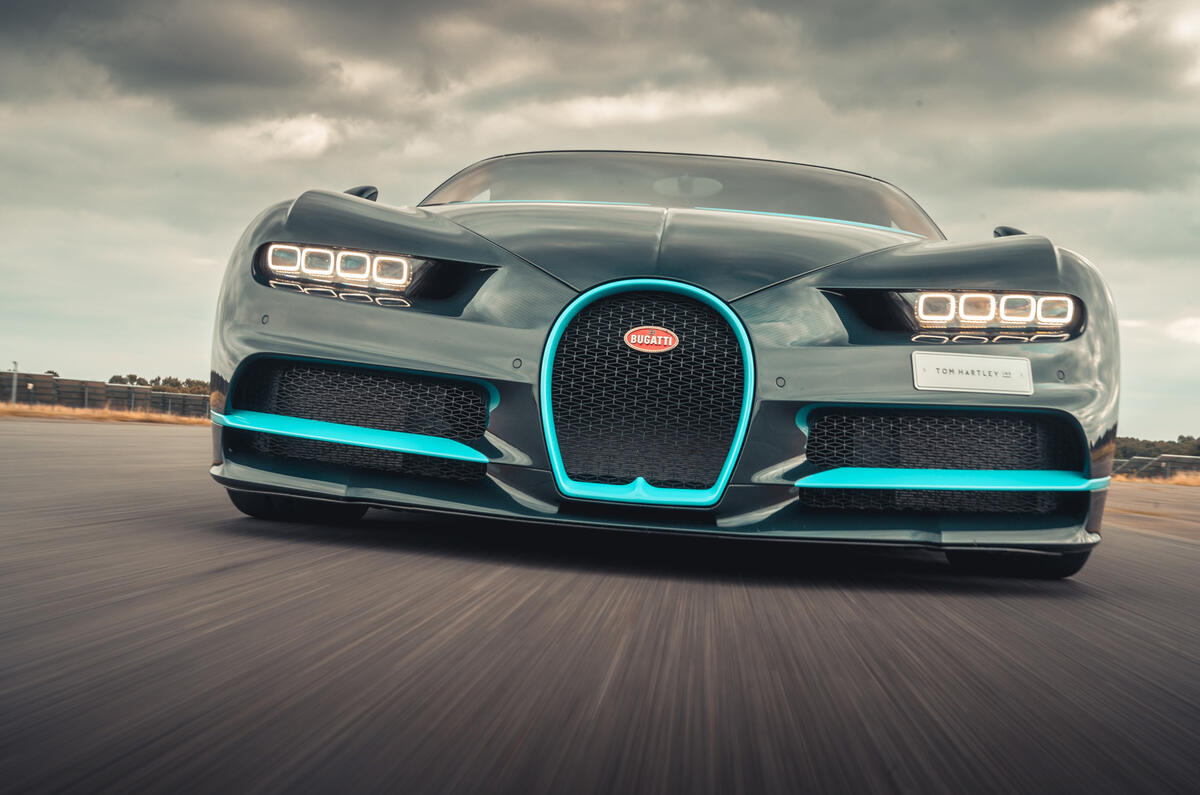




































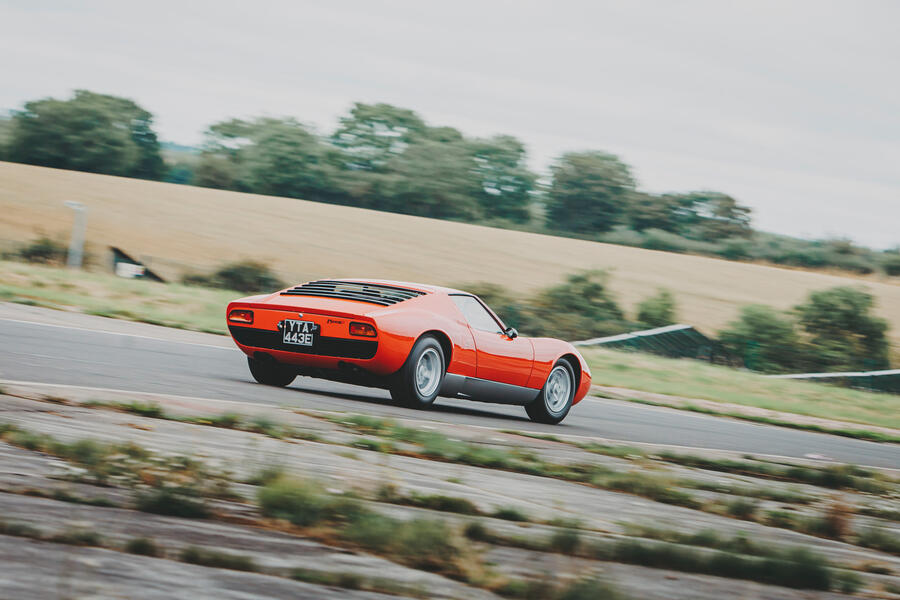
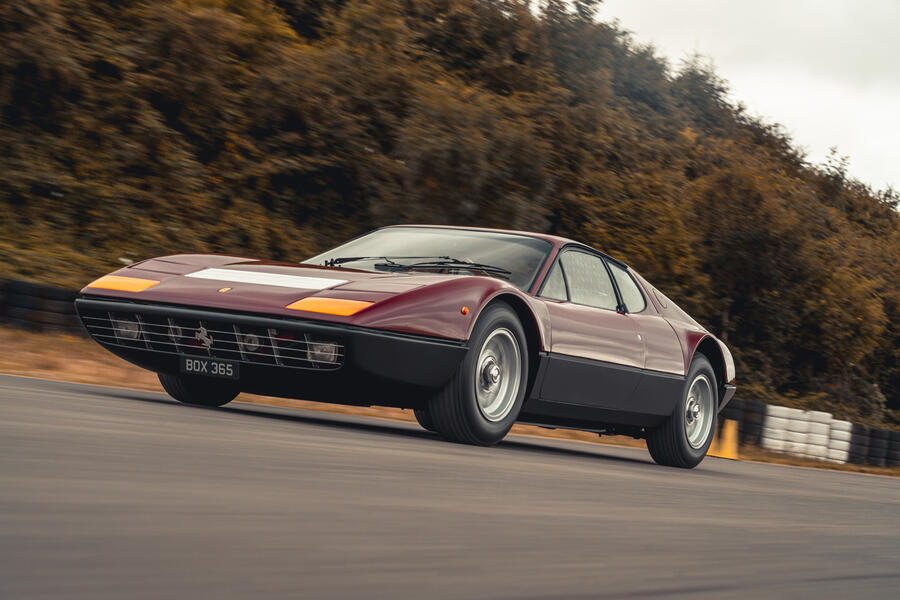
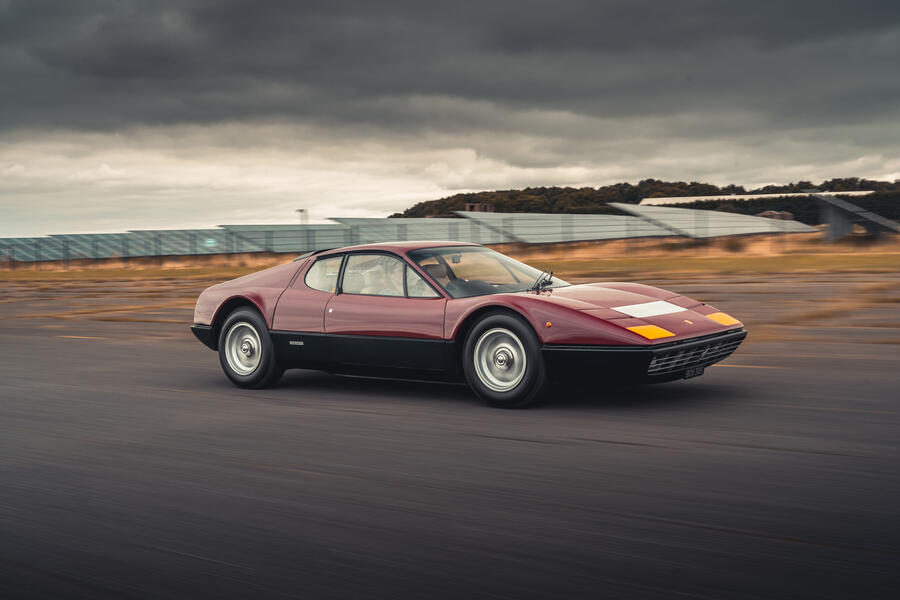
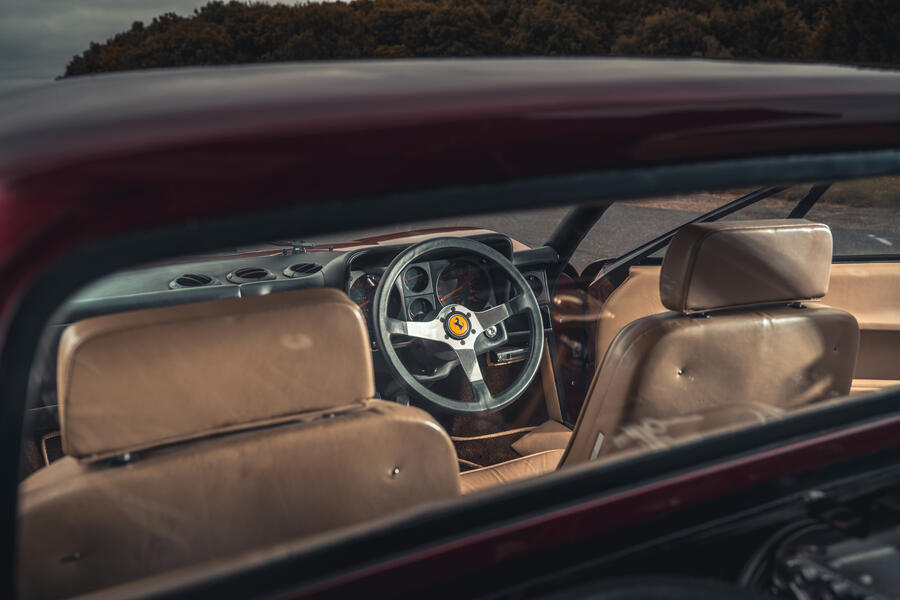
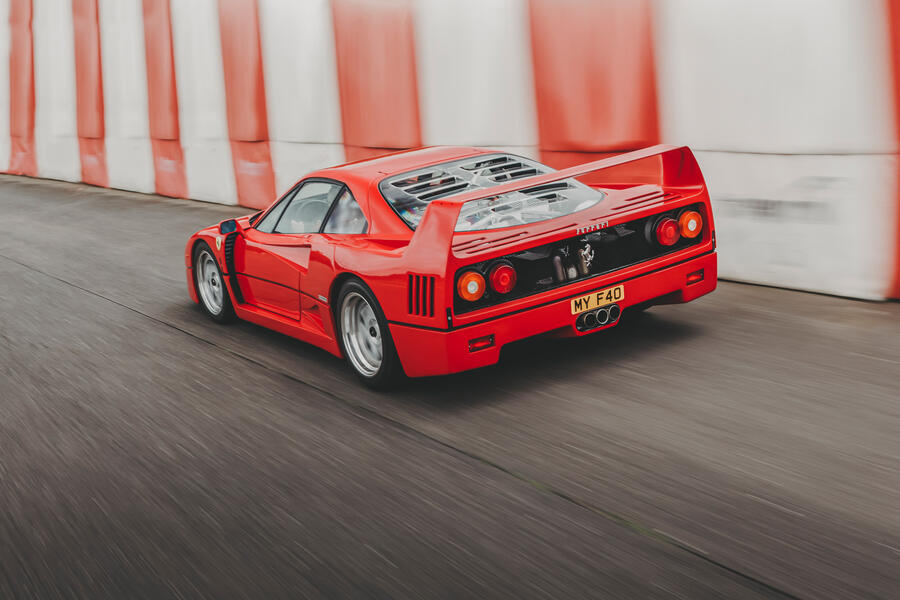

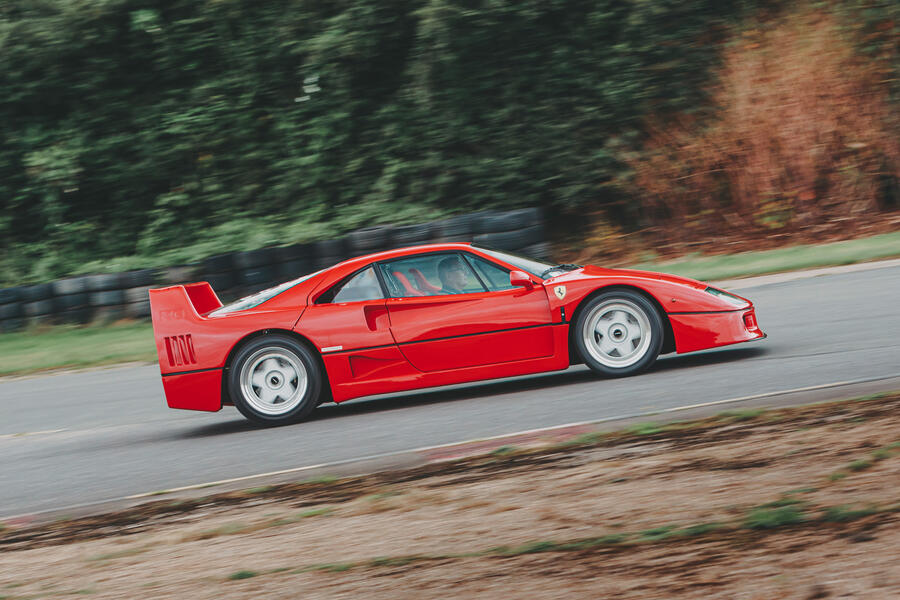
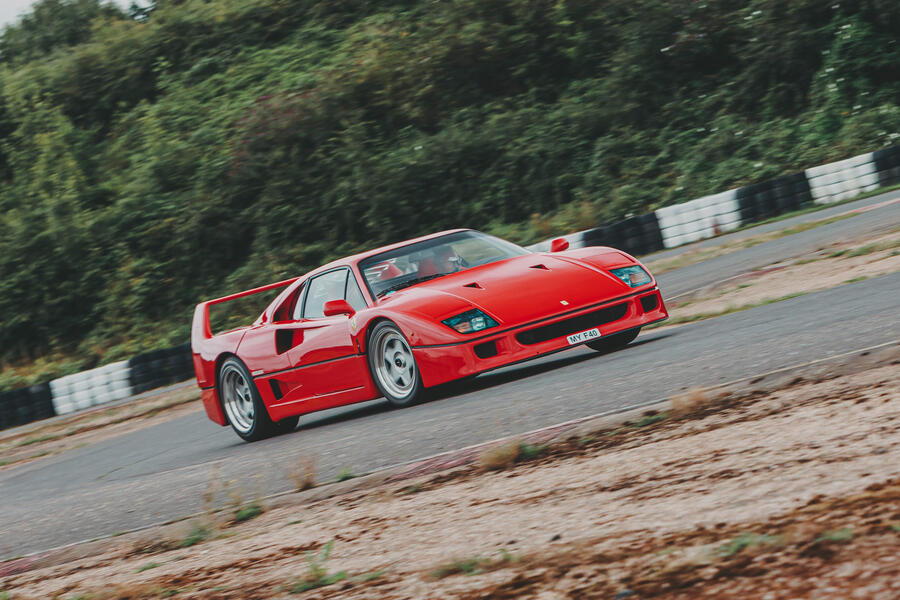
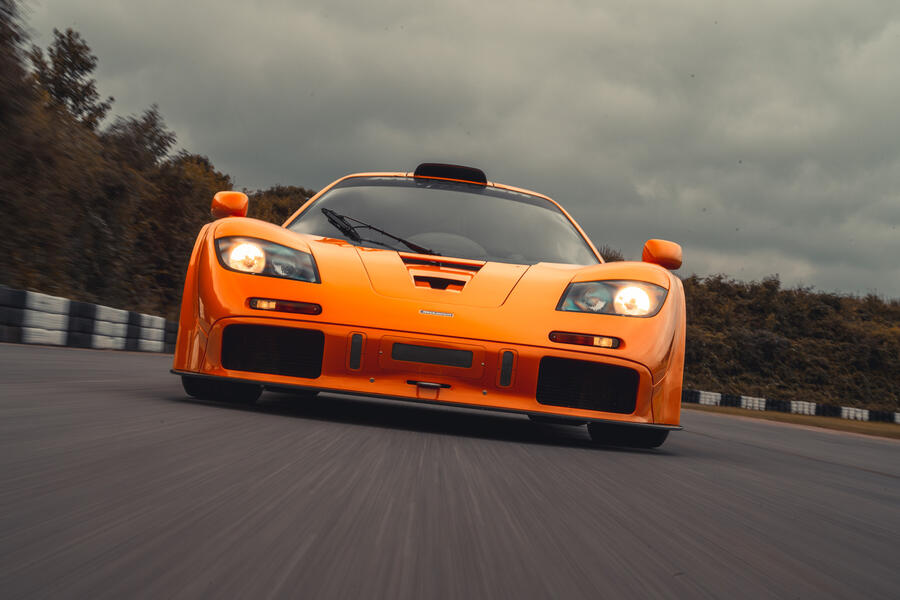
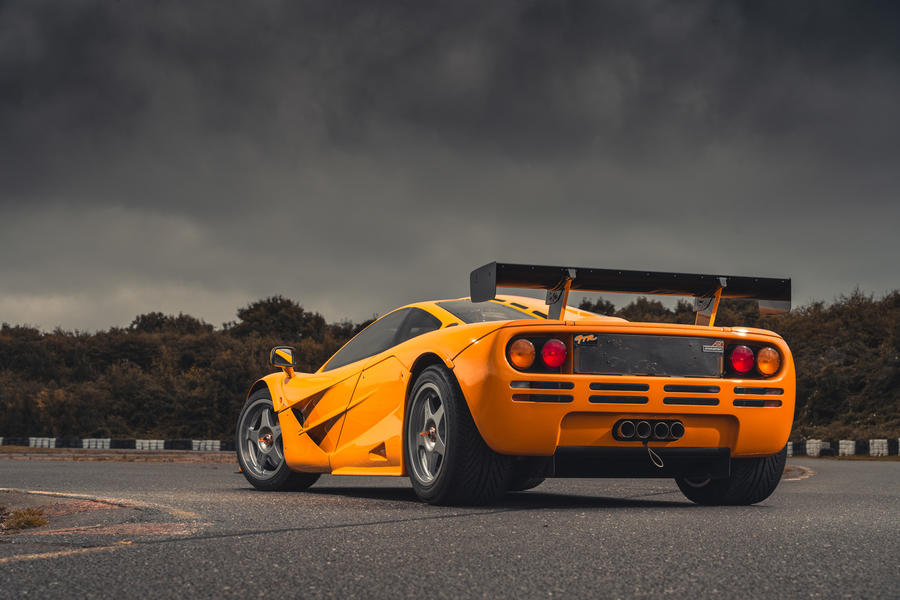

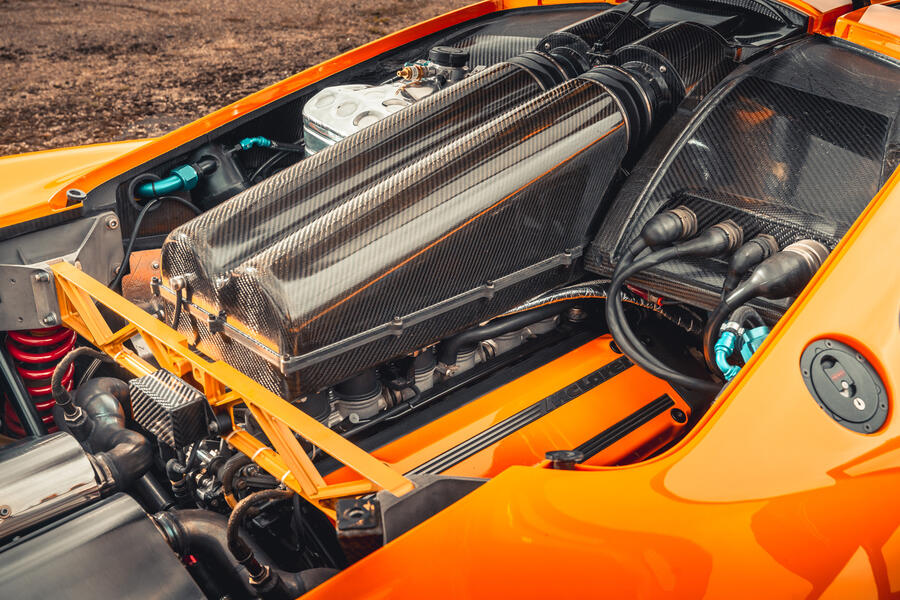

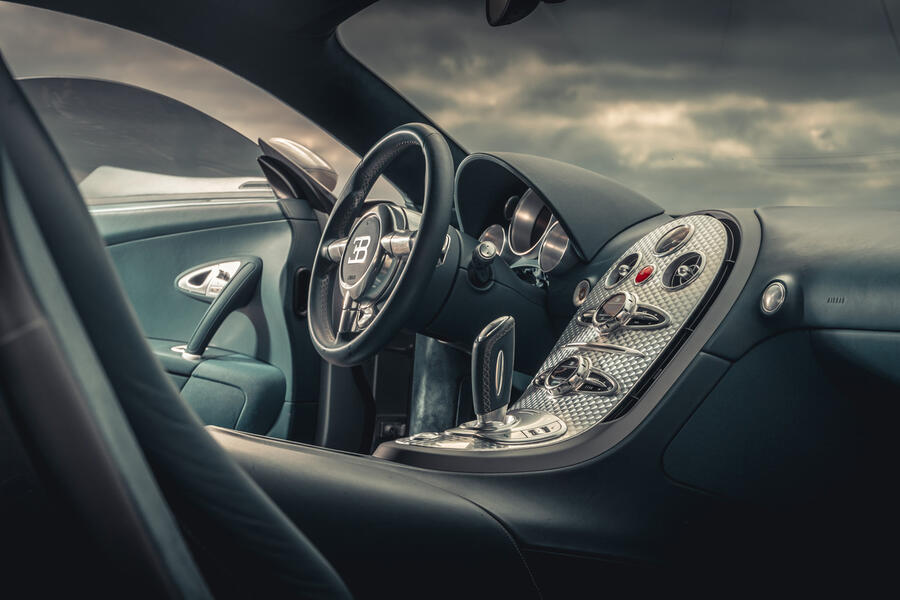
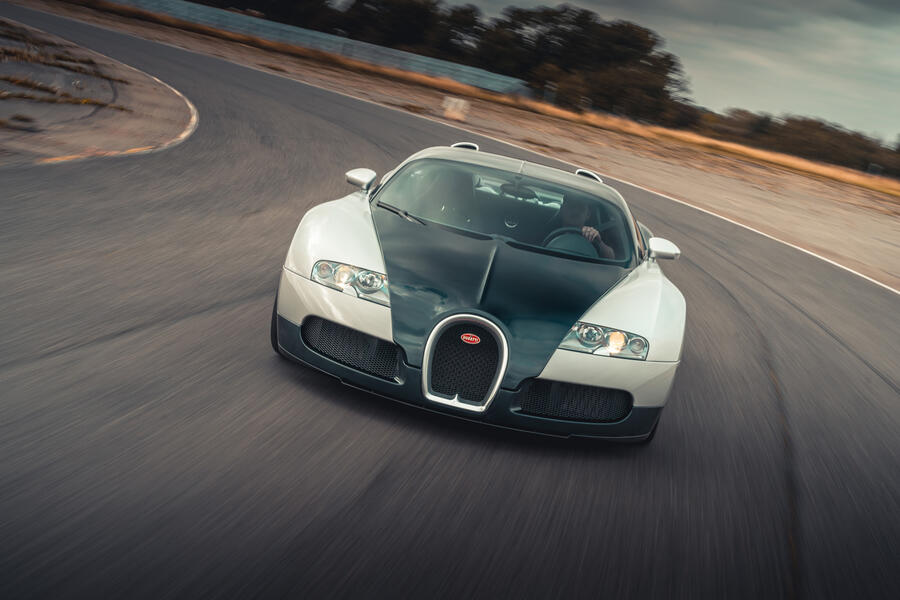
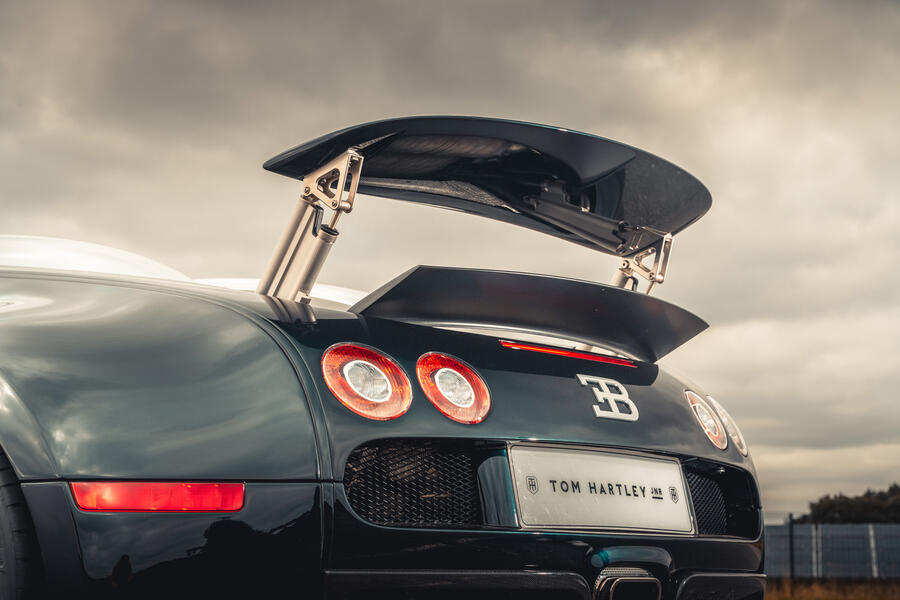

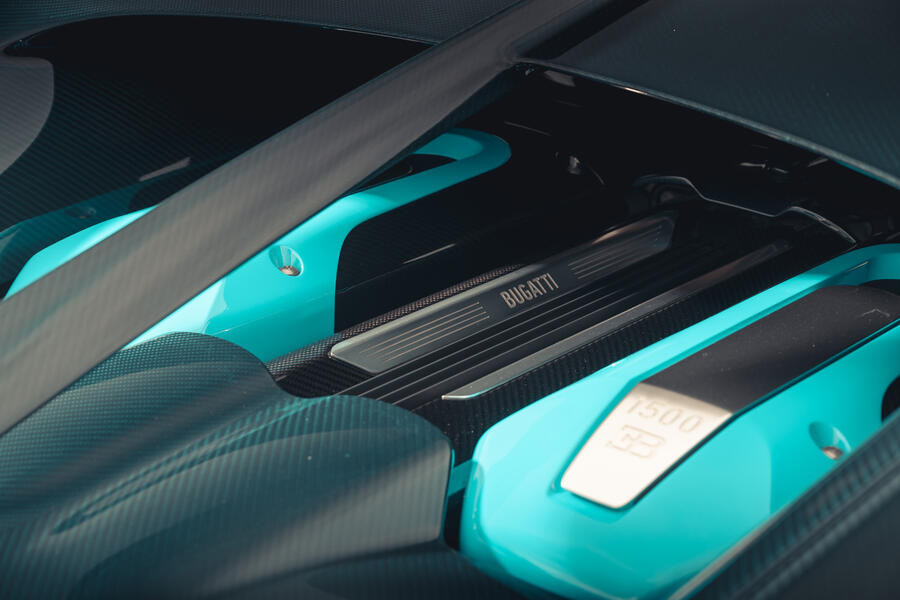
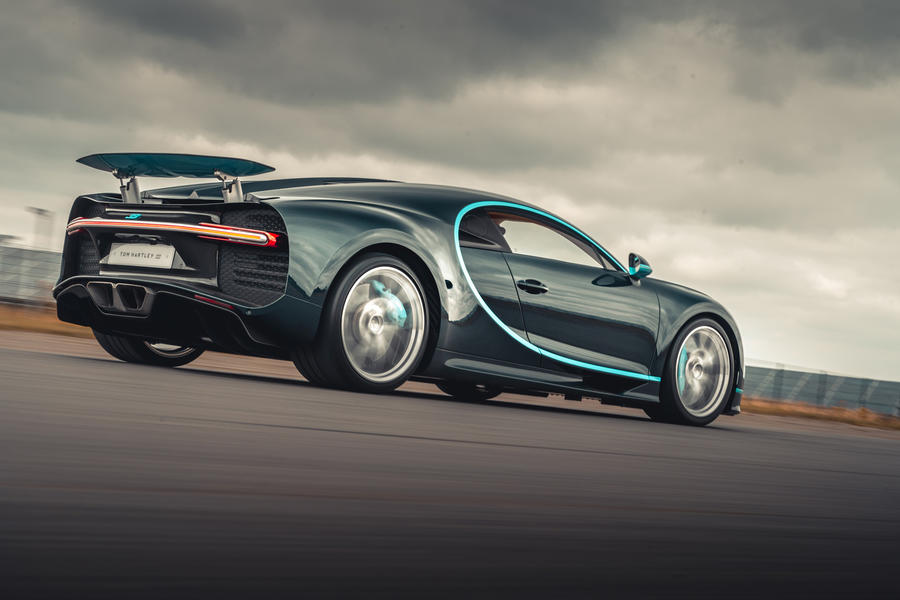


Join the debate
Add your comment
Nearly 50 years later the Maura is still one of the best looking, and most desirable cars ever made. Who cares if it takes over 6 seconds to hit 60 mph? I drive on public roads - it's plenty fast enough for me. Come the lottery win I'd have one in a heartbeat.
Well, obviously I meant MIURA. D'oh!!
249mph to standstill in 9.4 seconds? Better strap your eyes in!
Great though the achievements of the Car industry to produce Cars like these, engineers must've dreamt of one Day Cars going s fast as todays Hypercars, and now, for us they're a reality 300+ mph with ICE power , Ev's with instant torque reducing acceleration intervals to what must feel like warp speed!, yes, great, amazing to watch these Cars being taken to their top speed, as an aside, what technology has filtered down to our daily Chariot?, you can't do 300mph on the Public Highway, their too big for the weekly Tesco run, no boot big enough I imagine, so, daily life for them isn't possible, and top speed, how much faster do we, can we go?